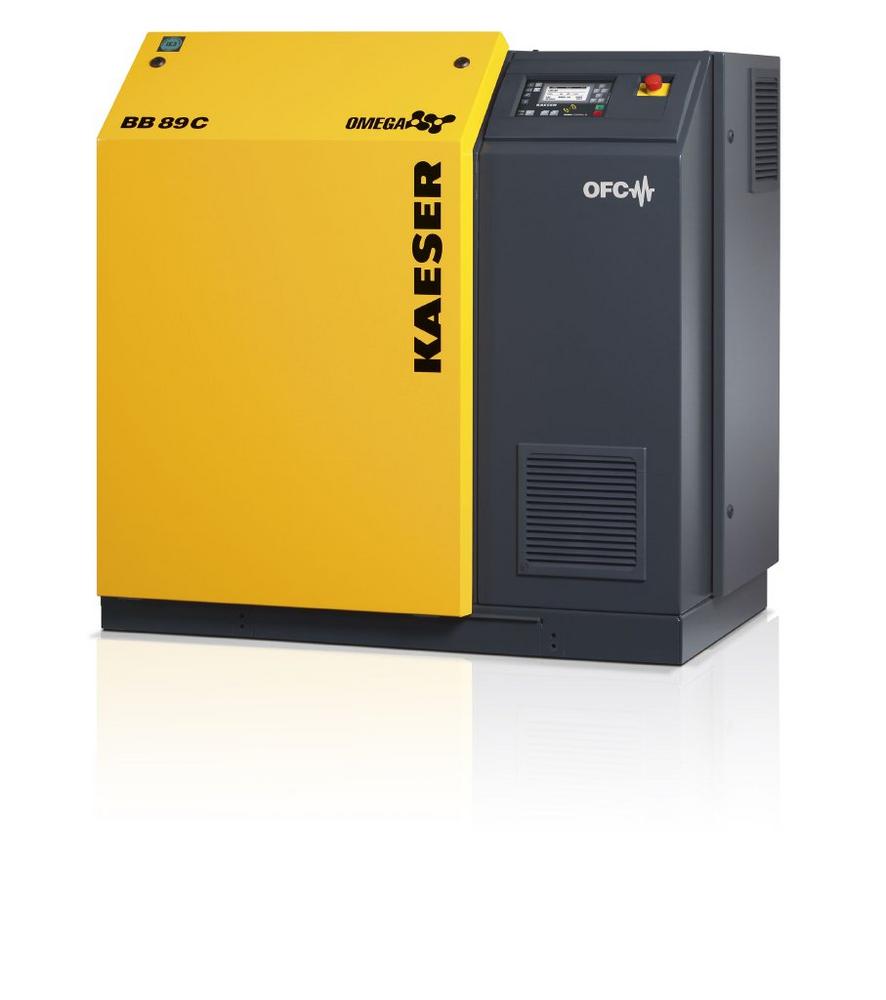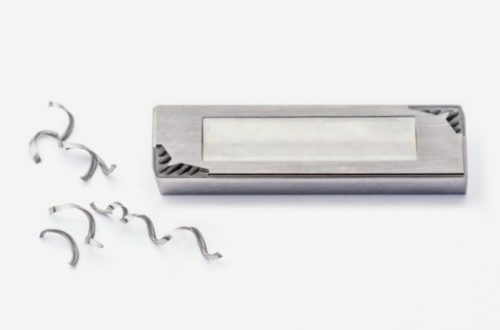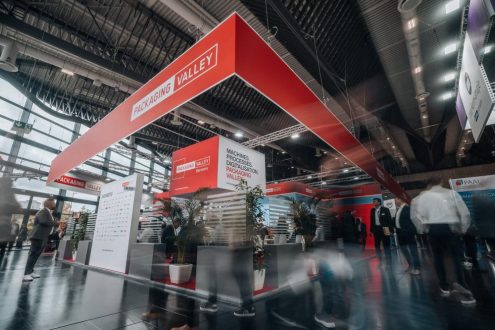
Integrated energy and cost efficiency
"Ready-to-connect" means that the units are supplied complete with all sensors, controls and a choice of star-delta starter or variable speed drive. The complete system packages are CE and EMC certified, which means less work for both the operator and system provider when it comes to planning, installation, certification, documentation and commissioning, because the machines and the electrics are preconfigured and ready-adjusted at the factory.
But that’s not all; these rotary blowers feature even more integrated intelligence: Highly effective broadband sound and pulsation damping ensure quiet operation at all times, which applies to both the machine and the pipework.
The blower block with its proven Omega profile rotors significantly enhances operational reliability and uptime, whilst adaptive compression reduces energy consumption, and long bearing life minimises maintenance costs.
Moreover, space-saving component layout results in an exceptionally compact footprint. Also, as these blowers have been designed to allow all service work to be carried out from the front of the unit, it is possible with star-delta equipped models to install several blowers side by side. Components such as control valves and exhaust silencers, which would normally be installed externally, are already integrated.
The internal Sigma Control 2 controller makes blower mode selection, such as remote speed control or pressure control, quick and easy with just the press of a button. Performance parameters relevant for dependable blower performance are monitored by sensors, and warning or fault signals are automatically generated accordingly. Optional communication via databus (multiple databus systems can be connected) allows operational status read out and enables the machine to be remotely controlled.
Of course, operating costs do not just depend on the efficiency and reliability of the individual components within the station. Various other factors play a key role, such as actual pressure and air demand, selection of appropriate and suitably matched blowers and drive systems, as well as tailored sequencing control. This is where an Air Demand Analysis (ADA) can prove invaluable: With help from such detailed analysis it is possible to determine how compressed air demand varies over time, how efficiently a blower station is operating, and to what extent availability and efficiency can be further enhanced. The “Kaeser Energy Saving System” (KESS) is another powerful optimisation tool. This specialised planning software enables different system variants to be simulated and compared with one another, and their respective potential savings to be calculated. Transparency of future servicing and maintenance costs is also essential when considering the total life cycle costs of both individual blowers and stations as a whole. Needless to say, this task requires the kind of knowledge and expertise that only an experienced compressed air system provider such as Kaeser Kompressoren can offer.
By choosing Kaeser, planners and operators not only profit from all of the advantages that Kaeser’s latest generation of blowers deliver, but also benefit from the company’s decades of experience in system planning and optimisation. As a result, they can enjoy the rewards of enhanced system efficiency and maximum dependability.
KAESER KOMPRESSOREN SE
Carl-Kaeser-Str. 26
96450 Coburg
Telefon: +49 (9561) 640-0
Telefax: +49 (9561) 640-130
http://www.kaeser.com
Pressestelle
Telefon: +49 (9561) 640-452
Fax: +49 (9561) 640-129
E-Mail: daniela.koehler@kaeser.com
![]()





